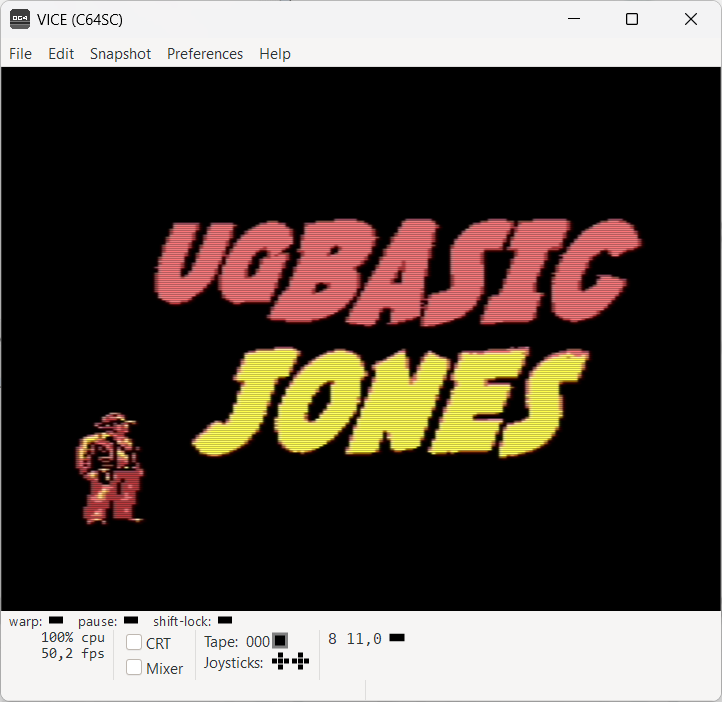VIDEOGAME INSPIRED: INDIANA JONES
This code will draw the opening title of an exploring videogame, inspired by Indiana Jones. With this example we try to outline an isomorphic way of writing programs and designing graphic resources, so that it is easier to port them from one platform to another. The aim, as always, is to guarantee a comparable visual and gaming experience between systems, without giving up the specificities of each.
source
compile
sandbox
issues?
back to examples


